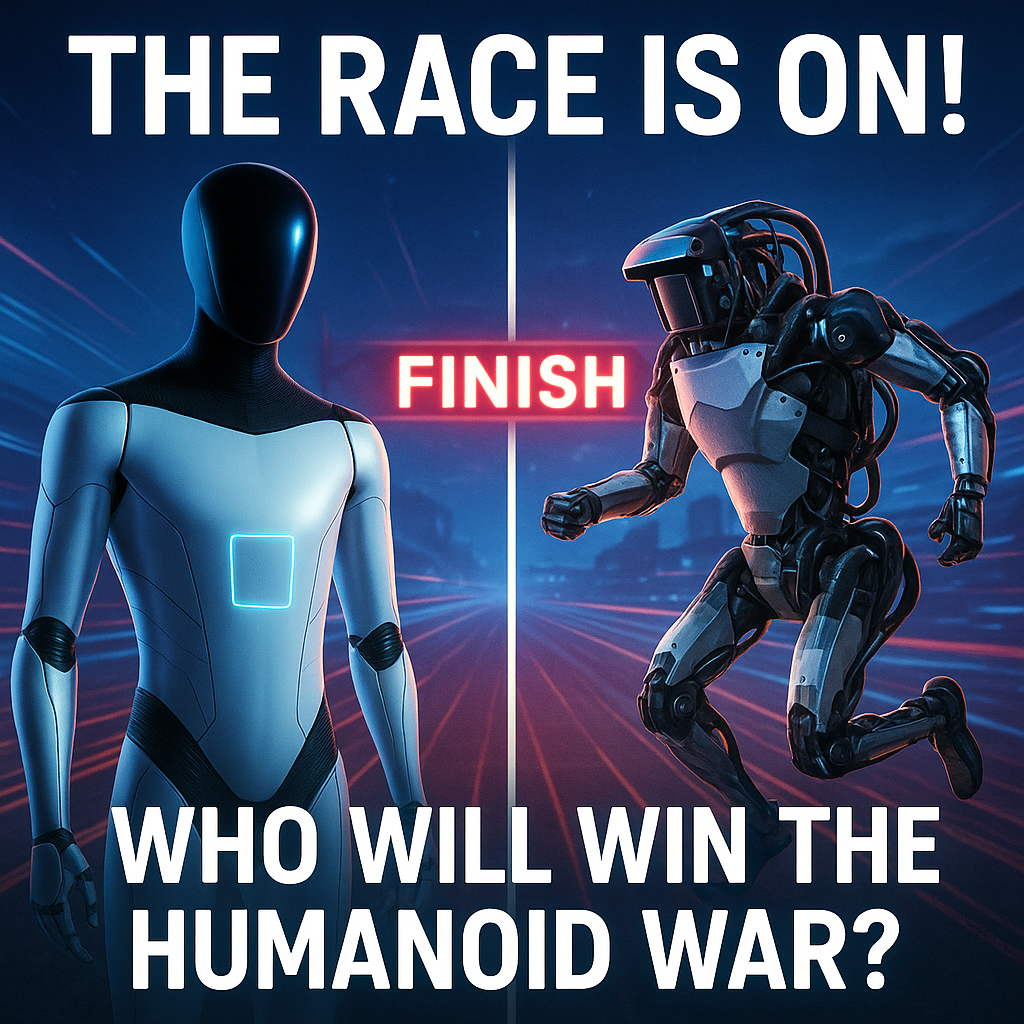Who Will Win the Race to Develop a Humanoid Robot?

Analysis of Tesla, Boston Dynamics, Figure AI and other competitors racing to build the first viable humanoid robot. Compare technologies, timelines and challenges
Key Competitors:
Current Frontrunners Compared
| Company | Advantages | Limitations | Est. Price |
|---|---|---|---|
| Tesla Optimus | Mass production, AI integration | Limited dexterity shown | $20,000-$50,000 |
| Boston Dynamics | Best mobility, proven tech | Very expensive, noisy | $250,000+ |
| Figure AI | OpenAI partnership, LLM brain | Unproven at scale | Unknown |
Critical Challenges
Power Systems
Current batteries limit operation to 4-8 hours. Need 16+ hours for viable commercial use.
Dexterity
Human hands have 27 degrees of freedom - difficult to replicate affordably.
AI Cognition
Requires real-time environment understanding and complex decision making.
Predicted Timeline
2024-2026
Limited pilot programs in controlled factory environments
2027-2029
First generation commercial models for industrial use
2030+
Potential consumer models if safety and cost targets are met
Who Will Win?
The winner will likely be the company that best balances these four factors:
- Technical Capability - Can perform useful tasks reliably
- Production Scale - Ability to manufacture at volume
- Cost Efficiency - Price point that enables adoption
- Safety Systems - Can operate safely around humans
Tesla currently has the edge in production and cost, while Boston Dynamics leads in technical capability. Figure AI's AI integration could be the wild card.
Key Takeaways
- The race is closer than many think - no clear winner yet
- Different companies are optimizing for different use cases
- Breakthroughs in battery tech or AI could change the landscape overnight
- Commercial applications will come before consumer ones

Comments(0)
Please login to leave a comment